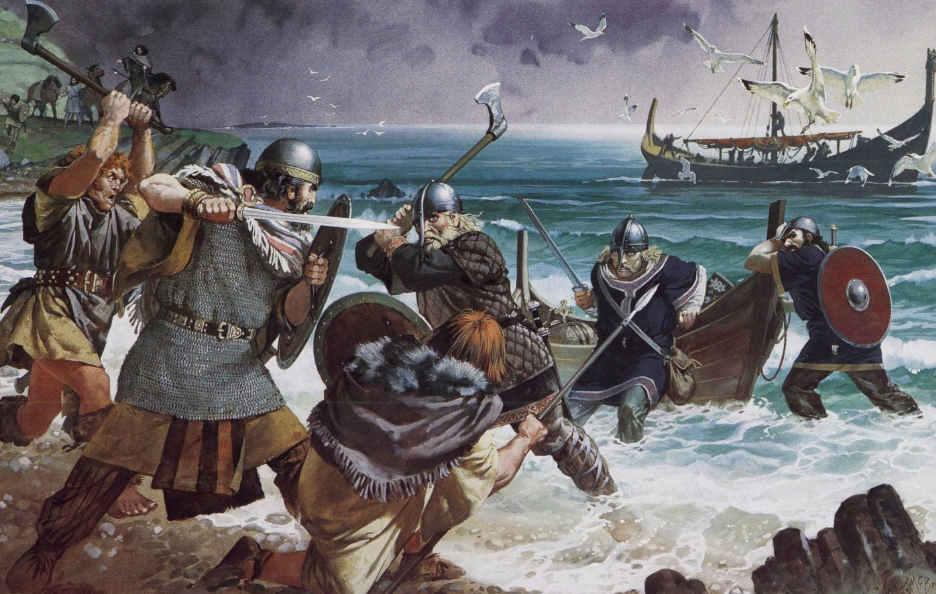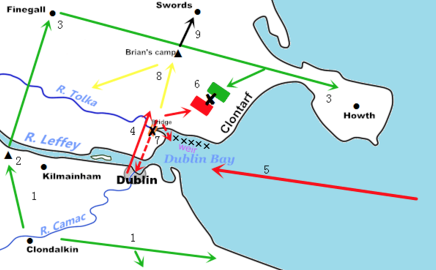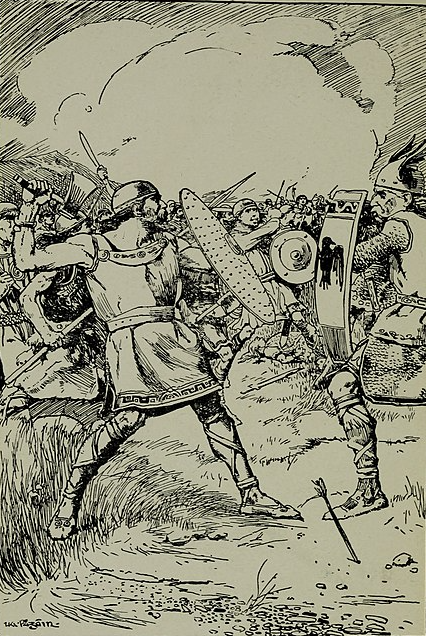The Battle of Clontarf – Ireland’s Legendary Turning Point
The Battle of Clontarf, fought on Good Friday in 1014, is one of the most famous and significant battles in Irish history. It marked a turning point in the island’s power structure, effectively ending Viking influence in Ireland and securing the legacy of Brian Boru, the High King of Ireland.

The battle took place on the plains near Clontarf, just outside of modern-day Dublin. Brian Boru’s forces clashed with a coalition of Vikings and rebel Irish lords, who sought to overthrow his rule. Despite his advanced age—he was reportedly over 70 years old—Brian Boru led his troops with determination. The battle was fierce, with both sides suffering heavy casualties, but ultimately, Brian’s forces emerged victorious.

Brian Boru, however, did not live to see the fruits of his victory. According to legend, while he was praying in his tent after the battle, he was killed by a retreating Viking warrior. His death has become a symbol of sacrifice and dedication to Ireland’s sovereignty.
The Battle of Clontarf was not just a military victory—it represented a significant cultural and political shift in Ireland. The power of the Vikings, who had been raiding and settling in Ireland for over 200 years, was significantly diminished, allowing for the emergence of a more unified Irish kingdom. The battle also laid the groundwork for the later conflicts between native Irish rulers and the Anglo-Norman invaders.

Today, the Battle of Clontarf is remembered as one of Ireland’s greatest historical moments, and Brian Boru is celebrated as a national hero. Every year, reenactments of the battle take place in Dublin, drawing crowds of history enthusiasts eager to relive one of Ireland’s most pivotal moments.
Share this content:





